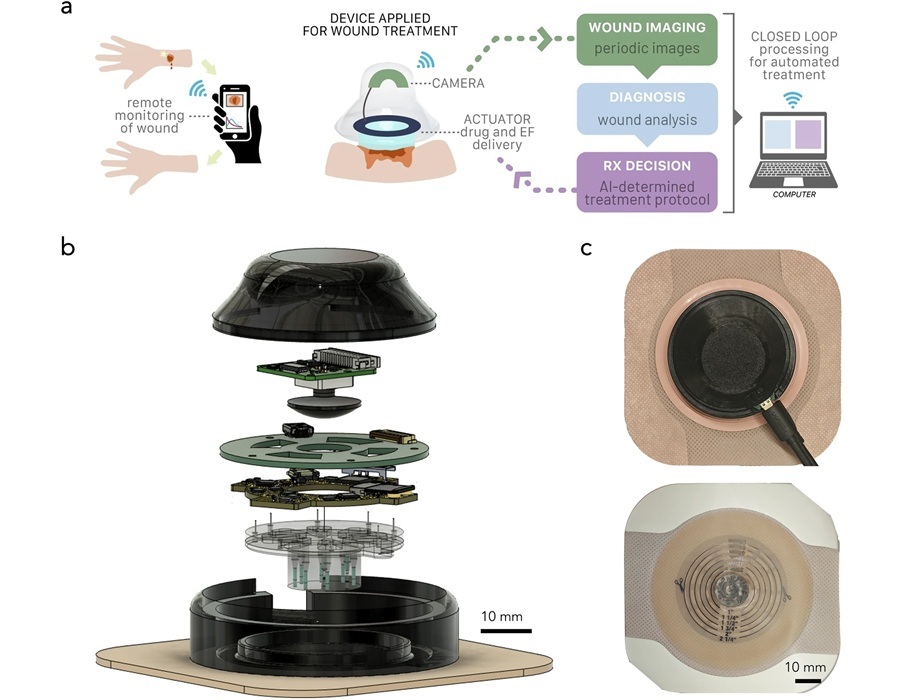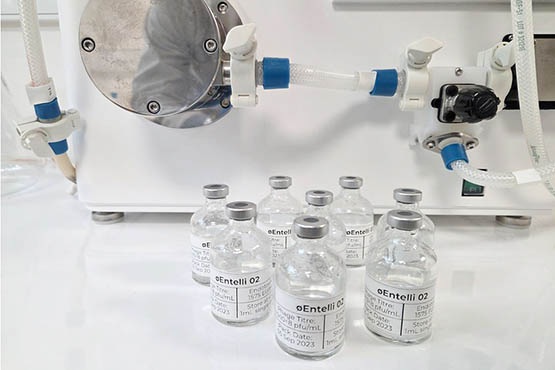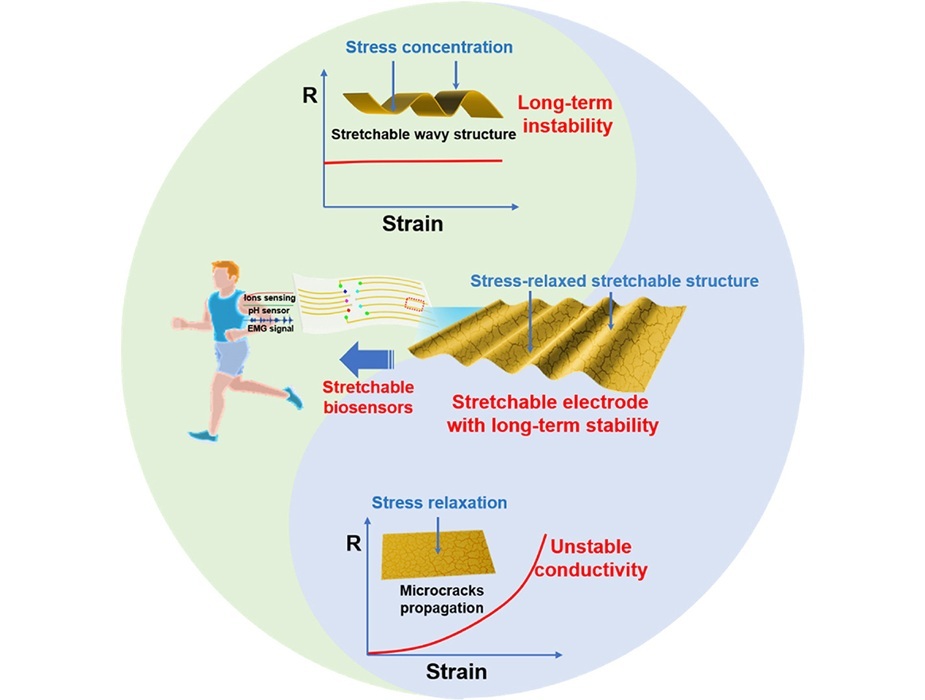Vertebroplasty Ineffectual for Osteoporotic Compression Fractures
|
By HospiMedica International staff writers Posted on 23 May 2018 |
A new study suggests that spinal surgery for osteoporotic vertebral compression fractures does not offer significant pain relief.
Researchers at Elisabeth TweeSteden Hospital (ETZ; Tilburg, The Netherlands), Catharina Hospital (Eindhoven, The Netherlands), and other institutions conducted a randomized, double blind, sham controlled clinical trial to assess if percutaneous vertebroplasty results in more pain relief than a sham procedure. The study included 180 patients with acute osteoporotic compression fractures of the vertebral body, who were randomized to vertebroplasty (91 patients) or a sham procedure (89 patients). The vertebroplasty group also underwent cementation, which was simulated in the sham procedure group.
The main outcome measure was mean reduction in visual analogue scale (VAS) scores at one day, one week, and one, three, six, and 12 months. The results showed that mean reduction in VAS score was statistically significant in both vertebroplasty and sham procedure groups at all follow-up points after the procedure, except at 12 months’ follow-up. Use of analgesics--non-opioids, weak opioids, strong opioids--decreased statistically significantly in both groups at all time points, with no statistically significant differences between groups. The study was published on May 9, 2018, in BMJ.
“Participants in both study groups showed immediate improvement in pain and disability after the procedure, and this improvement was sustained during 12 months’ follow-up,” concluded lead author Cristina Firanescu, MD, of the departments of radiology and internal medicine. “These results suggest that factors aside from instillation of polymethylmethacrylate might have accounted for the observed clinical improvement after vertebroplasty; for example, the effect of local anesthesia, expectations of pain relief (placebo effect), natural healing of the fracture, and regression to the mean.”
Osteoporotic compression fractures of the vertebral body can result in pain and long-term morbidity, including spinal deformity. Conservative management includes opioids and other analgesics, bed rest, and a back brace. In percutaneous vertebroplasty, polymethylmethacrylate is injected into the fractured vertebral body; a technique that became widespread on the basis of preliminary observational and trial results and was endorsed by professional societies. But conflicting trials on the role of vertebroplasty in treating acute osteoporotic compression fractures of the vertebral body have raised debate.
Related Links:
Elisabeth TweeSteden Hospital
Catharina Hospital
Researchers at Elisabeth TweeSteden Hospital (ETZ; Tilburg, The Netherlands), Catharina Hospital (Eindhoven, The Netherlands), and other institutions conducted a randomized, double blind, sham controlled clinical trial to assess if percutaneous vertebroplasty results in more pain relief than a sham procedure. The study included 180 patients with acute osteoporotic compression fractures of the vertebral body, who were randomized to vertebroplasty (91 patients) or a sham procedure (89 patients). The vertebroplasty group also underwent cementation, which was simulated in the sham procedure group.
The main outcome measure was mean reduction in visual analogue scale (VAS) scores at one day, one week, and one, three, six, and 12 months. The results showed that mean reduction in VAS score was statistically significant in both vertebroplasty and sham procedure groups at all follow-up points after the procedure, except at 12 months’ follow-up. Use of analgesics--non-opioids, weak opioids, strong opioids--decreased statistically significantly in both groups at all time points, with no statistically significant differences between groups. The study was published on May 9, 2018, in BMJ.
“Participants in both study groups showed immediate improvement in pain and disability after the procedure, and this improvement was sustained during 12 months’ follow-up,” concluded lead author Cristina Firanescu, MD, of the departments of radiology and internal medicine. “These results suggest that factors aside from instillation of polymethylmethacrylate might have accounted for the observed clinical improvement after vertebroplasty; for example, the effect of local anesthesia, expectations of pain relief (placebo effect), natural healing of the fracture, and regression to the mean.”
Osteoporotic compression fractures of the vertebral body can result in pain and long-term morbidity, including spinal deformity. Conservative management includes opioids and other analgesics, bed rest, and a back brace. In percutaneous vertebroplasty, polymethylmethacrylate is injected into the fractured vertebral body; a technique that became widespread on the basis of preliminary observational and trial results and was endorsed by professional societies. But conflicting trials on the role of vertebroplasty in treating acute osteoporotic compression fractures of the vertebral body have raised debate.
Related Links:
Elisabeth TweeSteden Hospital
Catharina Hospital
Latest Surgical Techniques News
- 3D Printable Bio-Active Glass Could Serve as Bone Replacement Material
- Spider-Inspired Magnetic Soft Robots to Perform Minimally Invasive GI Tract Procedures
- Micro Imaging Device Paired with Endoscope Spots Cancers at Earlier Stage
- AI Spine Model Could Reduce Surgical Risks
- Novel Method Uses Interstitial Fluid Flow to Predict Where Brain Tumor Can Grow Next
- World’s First Custom Anterior Cervical Spine Surgery Performed Using Personalized Implant
- Implantable Biodegradable Scaffold Helps Broken Bones Regrow Quickly
- First Human Spinal Cord Repair Using Patient Own Cells Could Cure Paralysis
- 'Dual-Mode' Tracer Enables Surgeons to See and Hear Prostate Cancer
- Pioneering One-Stage Hybrid Surgery Ensures Safer Outcomes in Brain and Spine Tumors
- Reimplanting Lab-Grown Patient Cartilage Accelerates Healing After Hip Surgery
- Diamond-Based Sensor Pinpoints Metastasized Cancer for Surgical Removal
- Minimally Invasive Valve Repair Improves Survival in Elderly AFMR Patients
- Tiny Soft Robots Dissolve Painful Kidney Stones with Targeted Drug Delivery
- Implantable 3D Patch Closes and Repairs Heart Defects
- New Endoscopy Technology Enables Early Detection of Esophageal Cancer
Channels
Critical Care
view channel
Wearable ‘Microscope in a Bandage’ Fastens Wound Healing
Wound healing is a complex biological process that moves through stages, including clotting, immune response, scabbing, and scarring. For many patients, especially those in remote areas or with limited... Read more
Virus Cocktail to Combat Superbugs Offers New Precision Medicine Approach for Hospitals Battling AMR
Antimicrobial resistance is one of the most pressing challenges in modern medicine, making once-treatable infections increasingly lethal. Enterobacter infections, for example, are difficult to treat and... Read morePatient Care
view channel
Revolutionary Automatic IV-Line Flushing Device to Enhance Infusion Care
More than 80% of in-hospital patients receive intravenous (IV) therapy. Every dose of IV medicine delivered in a small volume (<250 mL) infusion bag should be followed by subsequent flushing to ensure... Read more
VR Training Tool Combats Contamination of Portable Medical Equipment
Healthcare-associated infections (HAIs) impact one in every 31 patients, cause nearly 100,000 deaths each year, and cost USD 28.4 billion in direct medical expenses. Notably, up to 75% of these infections... Read more
Portable Biosensor Platform to Reduce Hospital-Acquired Infections
Approximately 4 million patients in the European Union acquire healthcare-associated infections (HAIs) or nosocomial infections each year, with around 37,000 deaths directly resulting from these infections,... Read moreFirst-Of-Its-Kind Portable Germicidal Light Technology Disinfects High-Touch Clinical Surfaces in Seconds
Reducing healthcare-acquired infections (HAIs) remains a pressing issue within global healthcare systems. In the United States alone, 1.7 million patients contract HAIs annually, leading to approximately... Read moreHealth IT
view channel
Printable Molecule-Selective Nanoparticles Enable Mass Production of Wearable Biosensors
The future of medicine is likely to focus on the personalization of healthcare—understanding exactly what an individual requires and delivering the appropriate combination of nutrients, metabolites, and... Read moreBusiness
view channel
Philips and Masimo Partner to Advance Patient Monitoring Measurement Technologies
Royal Philips (Amsterdam, Netherlands) and Masimo (Irvine, California, USA) have renewed their multi-year strategic collaboration, combining Philips’ expertise in patient monitoring with Masimo’s noninvasive... Read more
B. Braun Acquires Digital Microsurgery Company True Digital Surgery
The high-end microsurgery market in neurosurgery, spine, and ENT is undergoing a significant transformation. Traditional analog microscopes are giving way to digital exoscopes, which provide improved visualization,... Read more
CMEF 2025 to Promote Holistic and High-Quality Development of Medical and Health Industry
The 92nd China International Medical Equipment Fair (CMEF 2025) Autumn Exhibition is scheduled to be held from September 26 to 29 at the China Import and Export Fair Complex (Canton Fair Complex) in Guangzhou.... Read more














